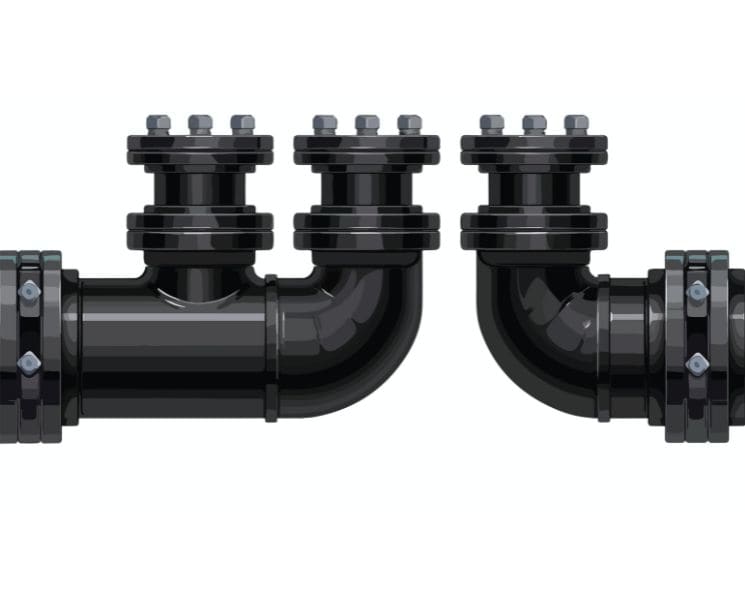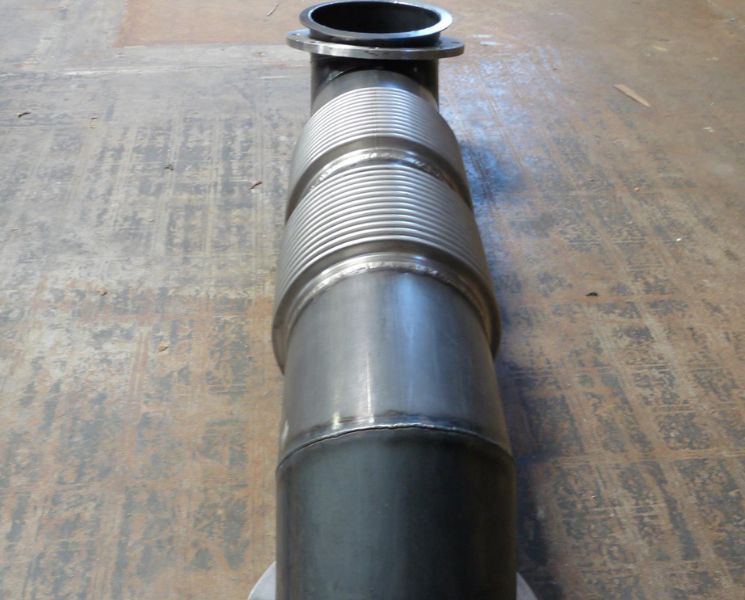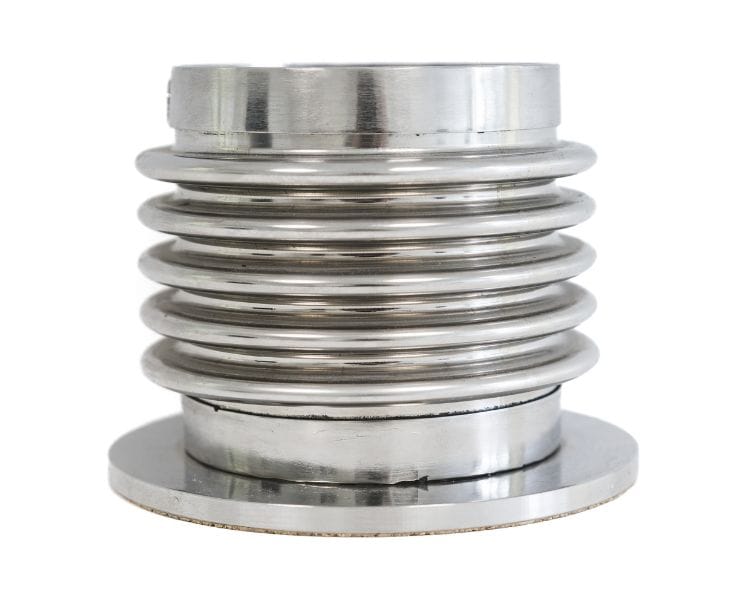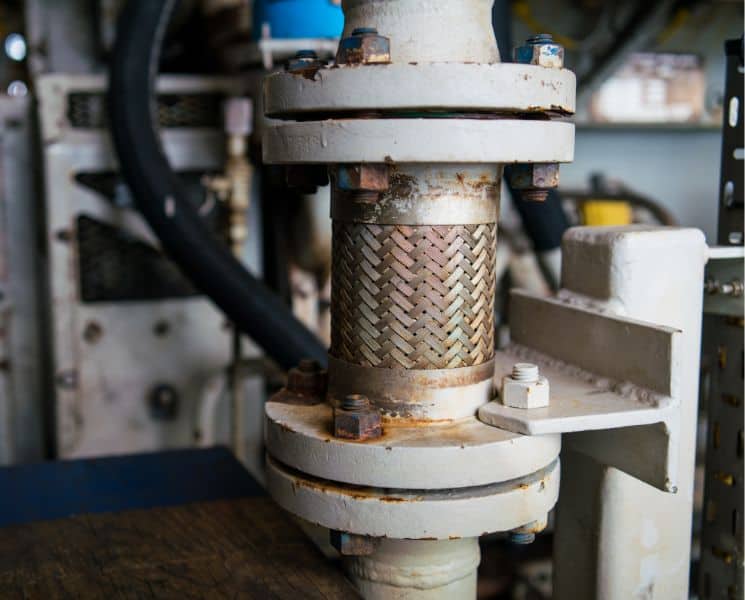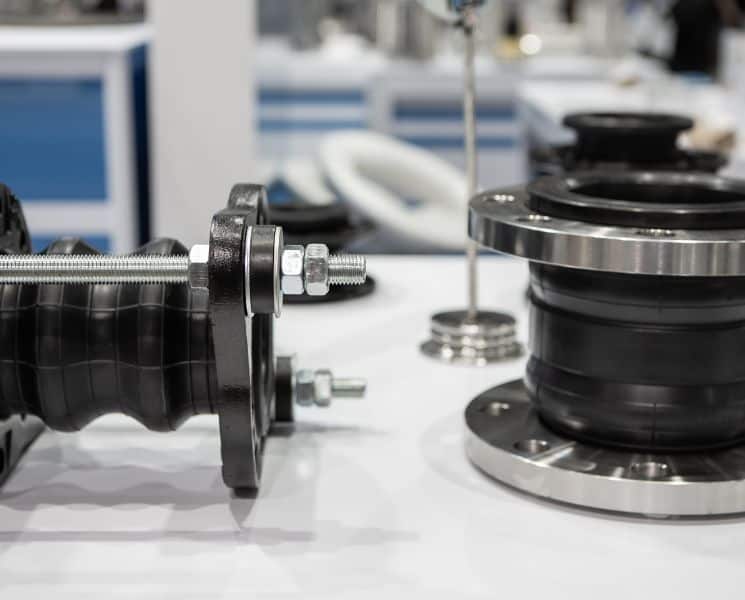Bellows are an essential component of piping systems, and when they begin to fail, they can cause a failure of the entire system. Leaking is a problem that can occur, but it is possible to check expansion joint bellows for leaks and other failures.
Learn how to check your expansion joint bellows for leaks to catch a problem before it occurs.
Leak Indicator
Sometimes, you can spot a leaking bellows by looking at its orange top, if your expansion joint has one. If that top has popped, it means that your bellows is leaking. If you suspect your bellows is leaking, but the top hasn’t popped, or if the bellows doesn’t have this indicator, there are other ways to test the expansion joint for leaks. Below are several other ways to test a bellows for leaks.
Helium
In a helium test, pressurized helium fills a sealed bellows. An employee will test the outside of the bellows for helium with a tool called a mass spectrometer. If the tool detects helium, the person conducting the test should mark the spot for repair.
Hydro
A hydro test uses liquid to detect leaking or cracks. Fluid fills the bellows, with a device applying pressure slowly until it reaches the necessary pressure. This pressure holds while an employee checks the bellows for leaks.
Dye Pen
When conducting a dye pen test for leaks, an employee applies a penetrant to the outside of the bellows. Then, they wait for the expansion joint to absorb the dye before removing any stain from the surface and spraying a developer onto the surface to pull any of the absorbed dye to the surface to expose leaks or cracks.
Bellows Failures
A bellows can fail for a few reasons, such as improper installation, lack of maintenance, or they’ve exceeded their lifespan. Even though bellows will need repair or replacement eventually, to live out their intended lifespan, it’s crucial to install them properly and complete routine maintenance.
Understanding how to check your expansion joint bellows for leaks is only one way to maintain your piping system. Learn more about installing and caring for metal expansion joints by exploring the blogs at Triad Bellows.


